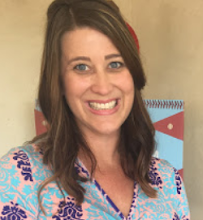After our life cycle unit and a visit to the Austin Nature and Science Center, our second graders are expert entomologists!
We learned about--and even touched--some arthropods.
We learned about--and even touched--some arthropods.
We discovered that the Madagascar Hissing Cockroach had something in common with our caterpillars: spiracles! That's how they make their hissing sound.
We collected, identified, and classified organisms from both water and land habitats.
Here are our entomologists in action!
We loved learning that while all insects have three body parts, antennae, and an exoskeleton, they have different types of mouths depending on what they eat.
An exciting day as entomologists!










Comments
Post a Comment